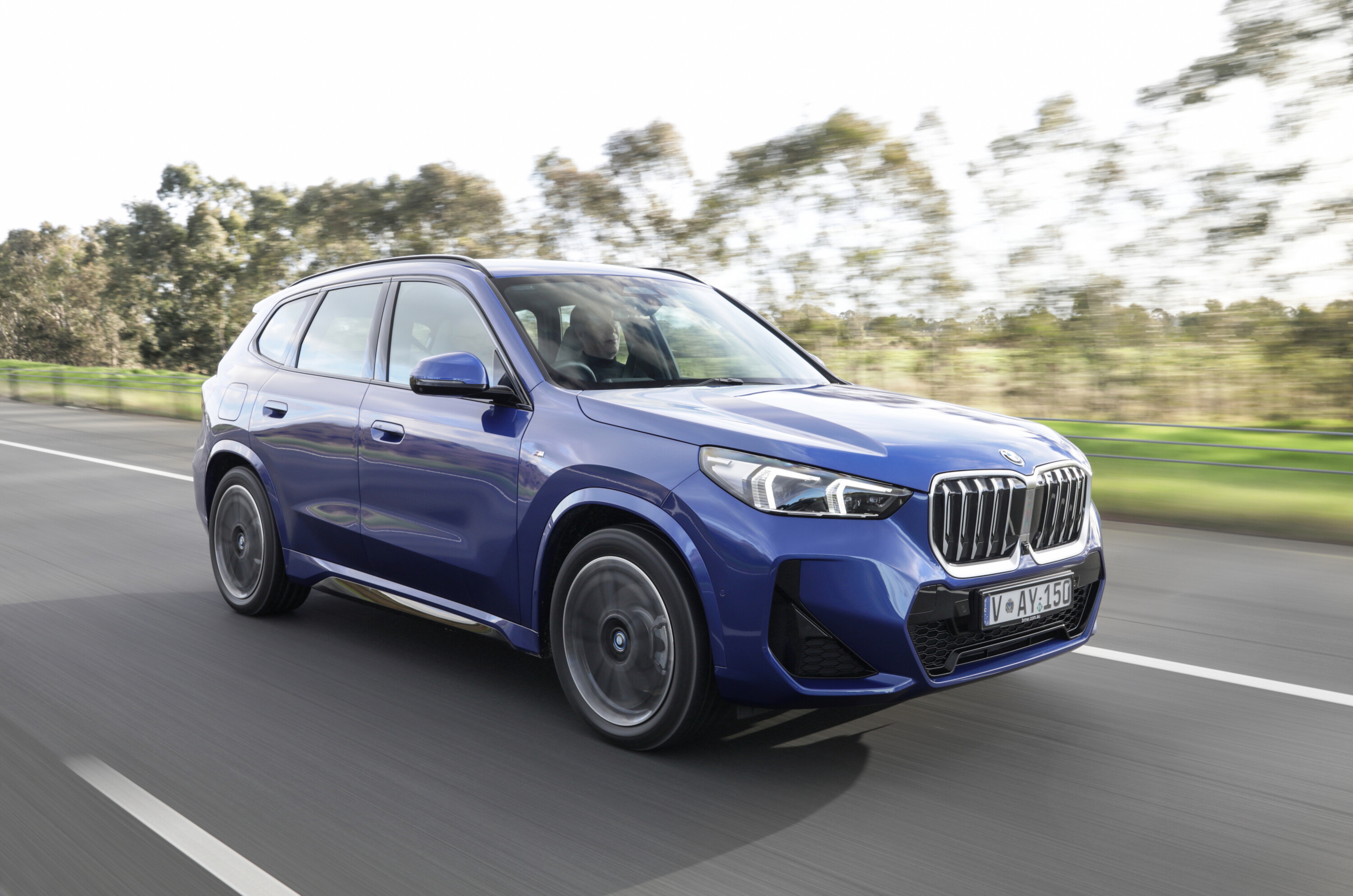Score breakdown
Things we like
- Serene ride quality
- Low-key styling
- Integration of tech
- BMW badge for Kia and Hyundai money
Not so much
- Coarse-chip road noise
- Some will prefer a dedicated EV platform
- Not a lot of choice
Award for biggest improver of 2022? That probably goes to BMW’s X1 which, in third-generation guise, really seemed to find its feet. But as much as we approved of the petrol versions of the X1, the electric iX1 xDrive 30 was always going to be the most intriguing addition to the range.
We’ve driven the iX1 overseas, but much was clearly going to hinge on how this low-key but high-featured EV would tackle the very specific challenges of Australian roads. With the demise of the wholly lovely i3, the iX1 now finds itself – for the time being at least – as the entry point to BMW’s fully electric range.
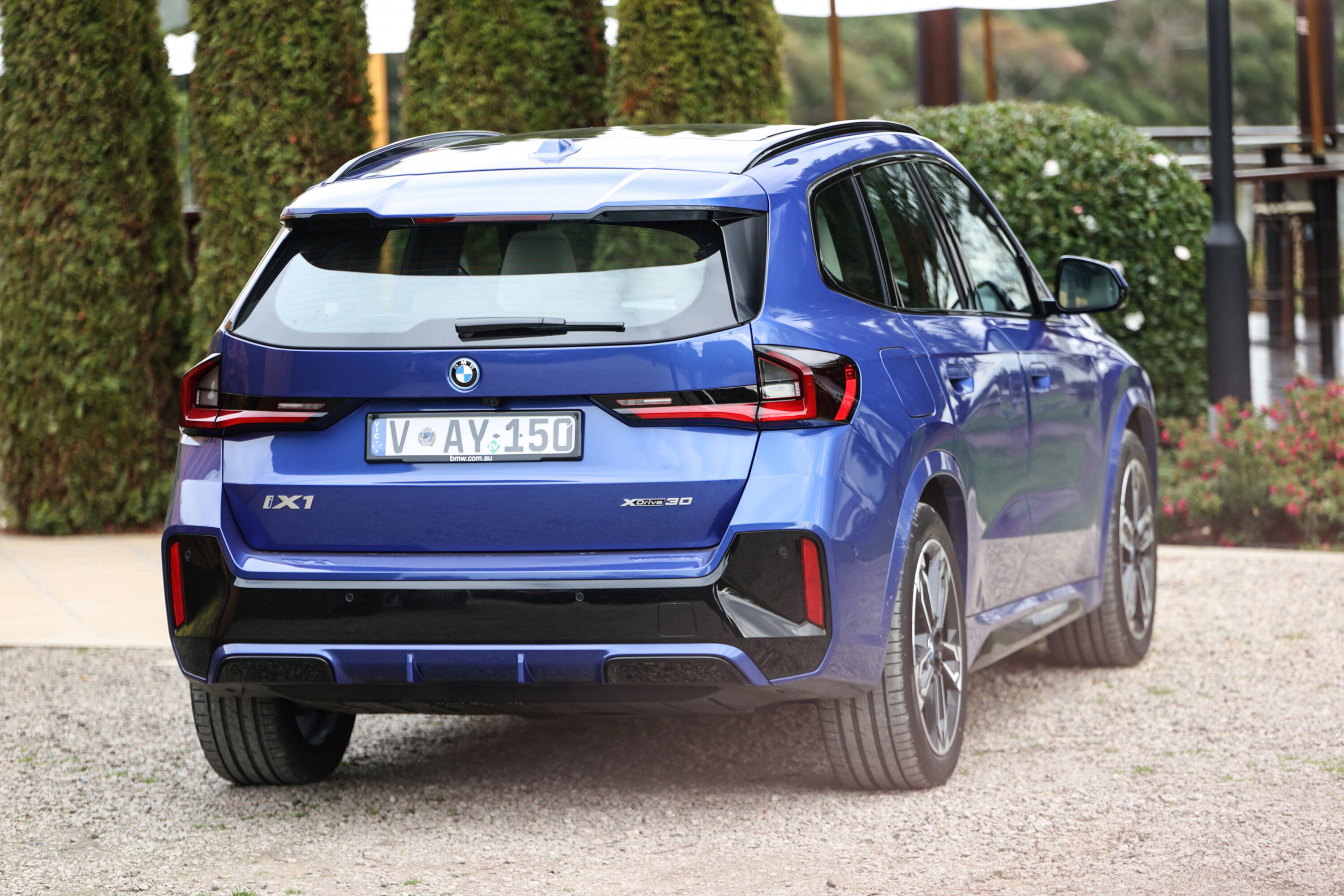
JUMP AHEAD
- How much is it, and what do you get?
- How do rivals compare on value?
- Interior comfort, space and storage
- What is it like to drive?
- How much energy does it use?
- How safe is it?
- Warranty and running costs
- VERDICT
- Specifications
How much is it and what do I get?
That entry point will demand $84,900 before on-road costs and offers a choice between identically-priced xLine and M Sport versions. Fully 80 per cent of Australian customers have ticked the box for the M Sport car, which probably won’t surprise you.
What’s the difference between the two? In truth, not a huge amount. Each gets a different design of 19-inch alloy wheels and, beyond that, the xLine features aluminium roof rails and window sills, a pearl chrome effect for the (non-functional) BMW kidney grille and Glacier Silver caps for the door mirrors.
The M Sport model differentiates itself with fewer silver trim bits, offering instead a more aggressive-looking front end with larger cooling ducts and a more strident rear diffuser. A ‘satinated’ kidney grille, aluminium door sills, body-coloured mirror caps and high-gloss shadow line roof rails are also standard fit items.
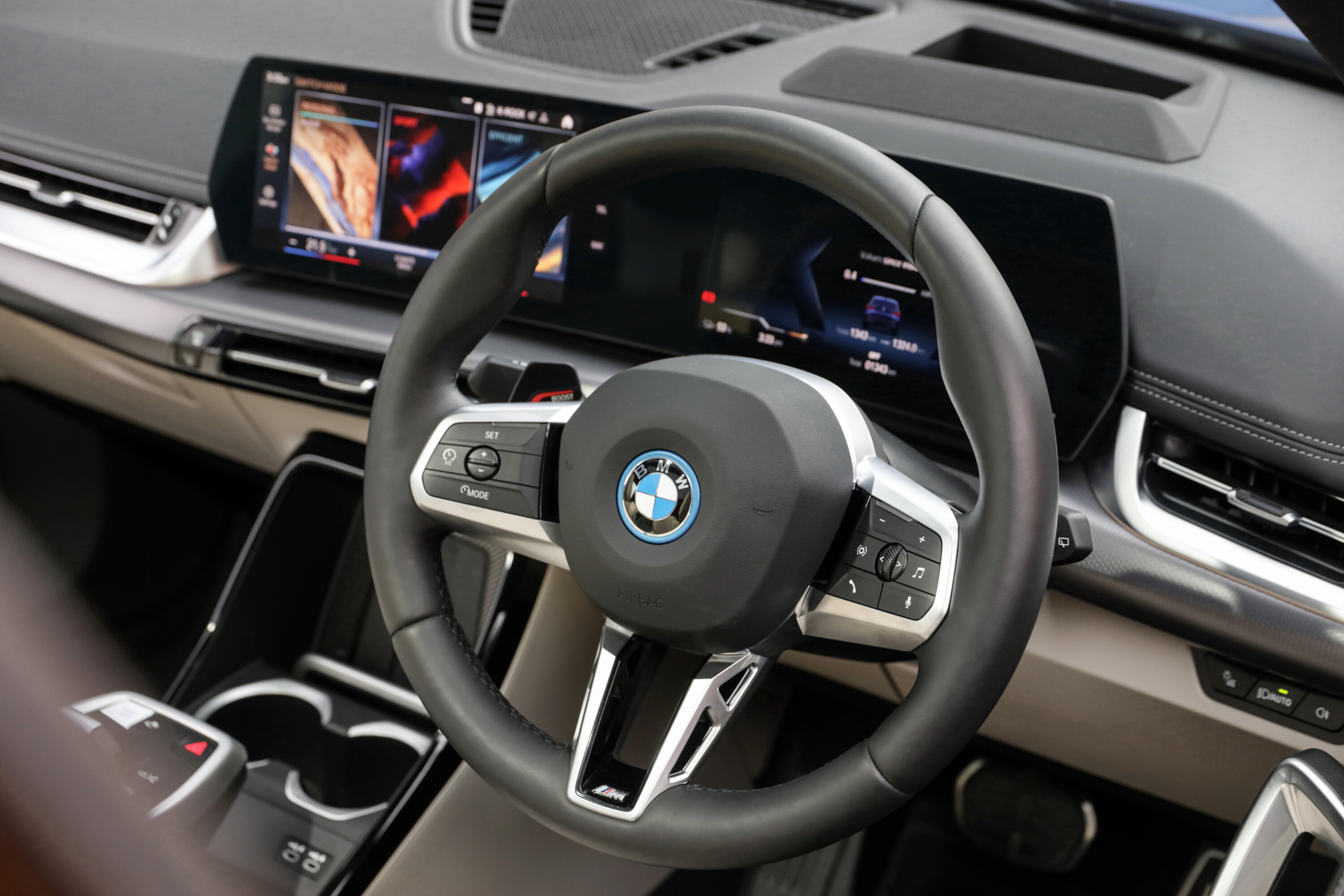
Befitting its position at the top of the X1 range, at least until the X1 M35i xDrive flagship arrives at the tail end of 2023, the iX1 benefits from a number of specification upgrades over the X1 xDrive20i.
These include a tyre pressure monitoring system, BMW Iconic Sounds Electric (by Hans Zimmer no less) and adaptive M suspension but there’s also an Enhancement Pack available for another $4700 which bundles a bunch of desirable options.
Among these are metallic paint (a standalone $1385 option otherwise), a panoramic sunroof, a Harman Kardon audio system, front-seat lumbar support with an active massaging function and a choice of interior surfaces.
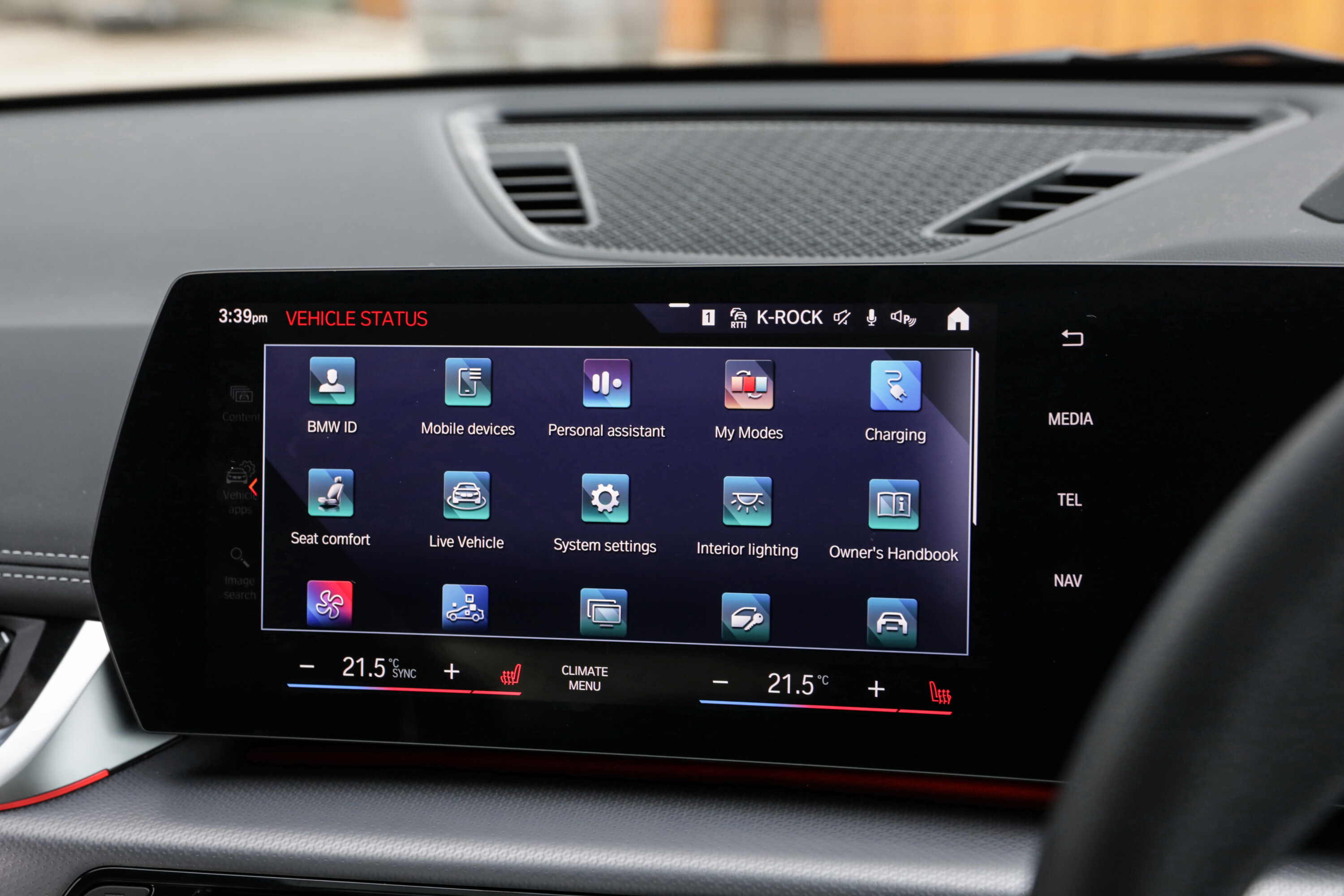
There’s also a Mode 2 flexible fast charge cable included, alongside a Mode 3 public charging cable, as well as a three-year subscription to the Chargefox network.
Alpine White is the only non-metallic paint finish available, but the metallic finishes Mineral White, Black Sapphire, M Portimao Blue, Space Silver and Cape York Green are also offered. Phytonic Blue, San Remo Green and Utah Orange are also available solely on xLine.
Should you really want to push the boat out and develop an irrational fear of perching birds, Frozen Pure Grey is a $3847 option.
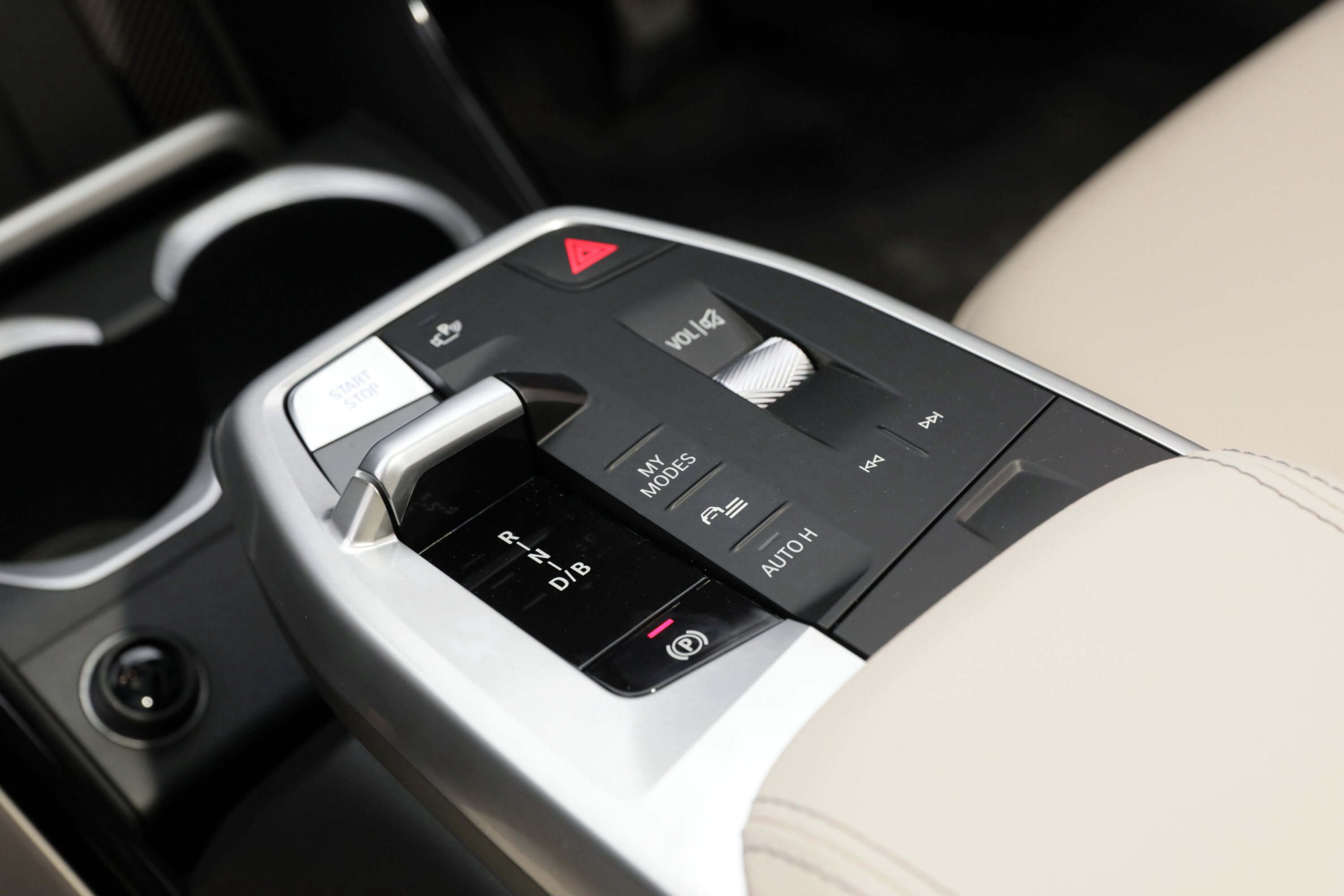
How do rivals compare on value?
There are two direct rivals to consider and a few other more asymmetrical threats to the BMW iX1. Ace in the hole is the Volvo XC40 Recharge AWD. This is priced at $79,490 before on-road costs and delivers significantly more power and torque than the iX1.
Given that the base XC40 won Wheels Car of the Year back in 2019 and it’s only become stronger since, you can rest assured that it’s a very solid proposition indeed.The other obvious alternative hails from the crew over in Stuttgart. This time the value pendulum swings the other way, with the Mercedes-Benz EQA 350 4Matic offering less space and less power for an asking price of $101,800 excluding on-road costs.
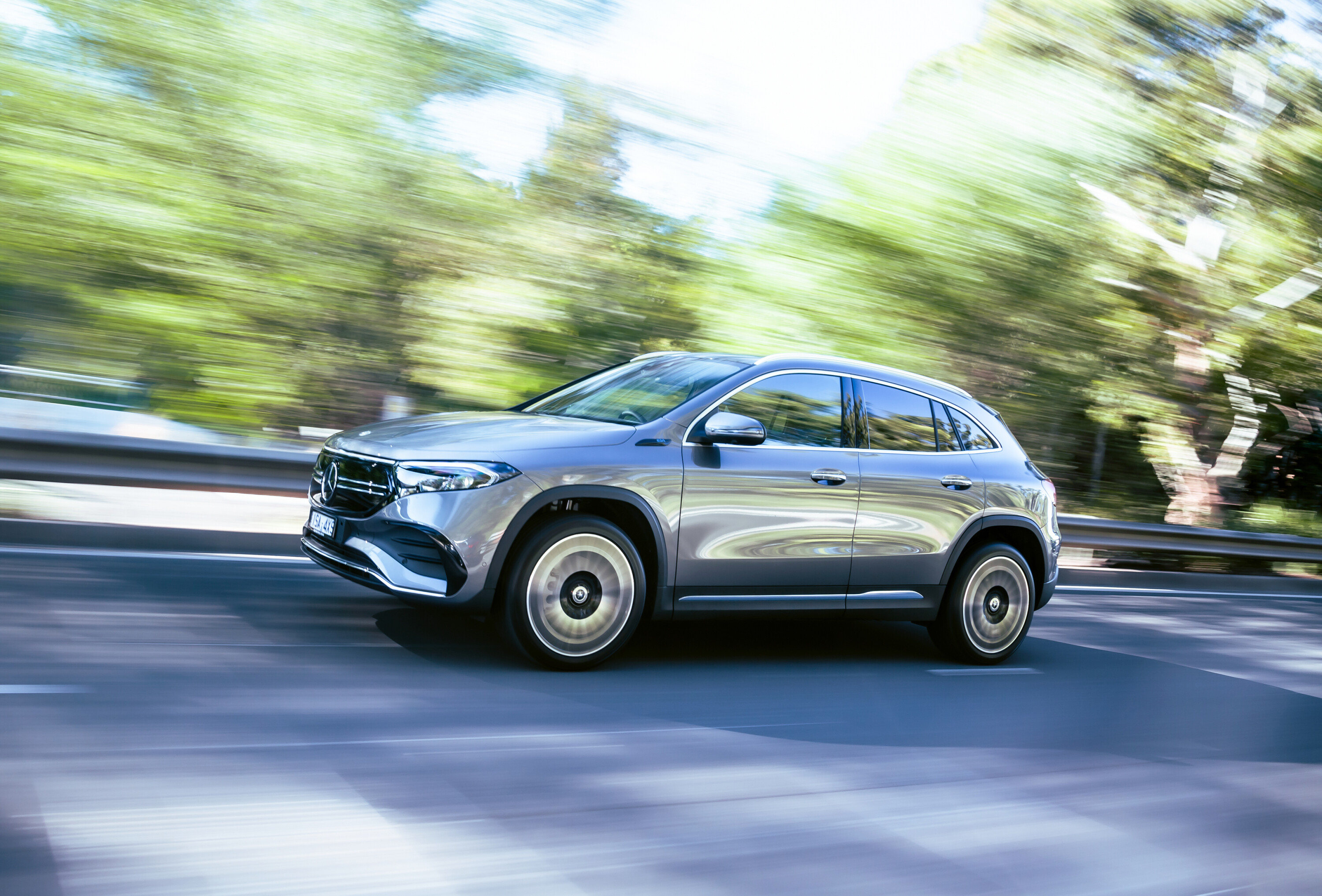
This would have won Wheels Car of the Year award back in 2022…
And then there are two intriguing peripheral attractions to consider. The range-topping version of the Hyundai Ioniq 5 is the Epiq AWD and this is pitched at $85,000 before on-road costs, delivers nigh-on identical power output, a bit more torque and a whole lot more interior space than the BMW. This would have won Wheels Car of the Year award back in 2022 had it not been for the other vehicle to consider.
The Kia EV6 GT-Line AWD presents a fierce challenge, offering the same powertrain as the Hyundai at $87,590 before on-road costs. Both Korean cars can sprint to 100km/h in 5.2 seconds, so buyers are certainly not getting short-changed when it comes to performance.
Of course, there’s also the Tesla Model Y, a vehicle that needs very little in the way of introduction. It’s now a reasonable $78,400 before on-road costs to land one with all-wheel drive, so even though the BMW looks like decent value among the Euro premium set, start talking powertrains and it’s hard to see the American brand as anything but a compelling option.
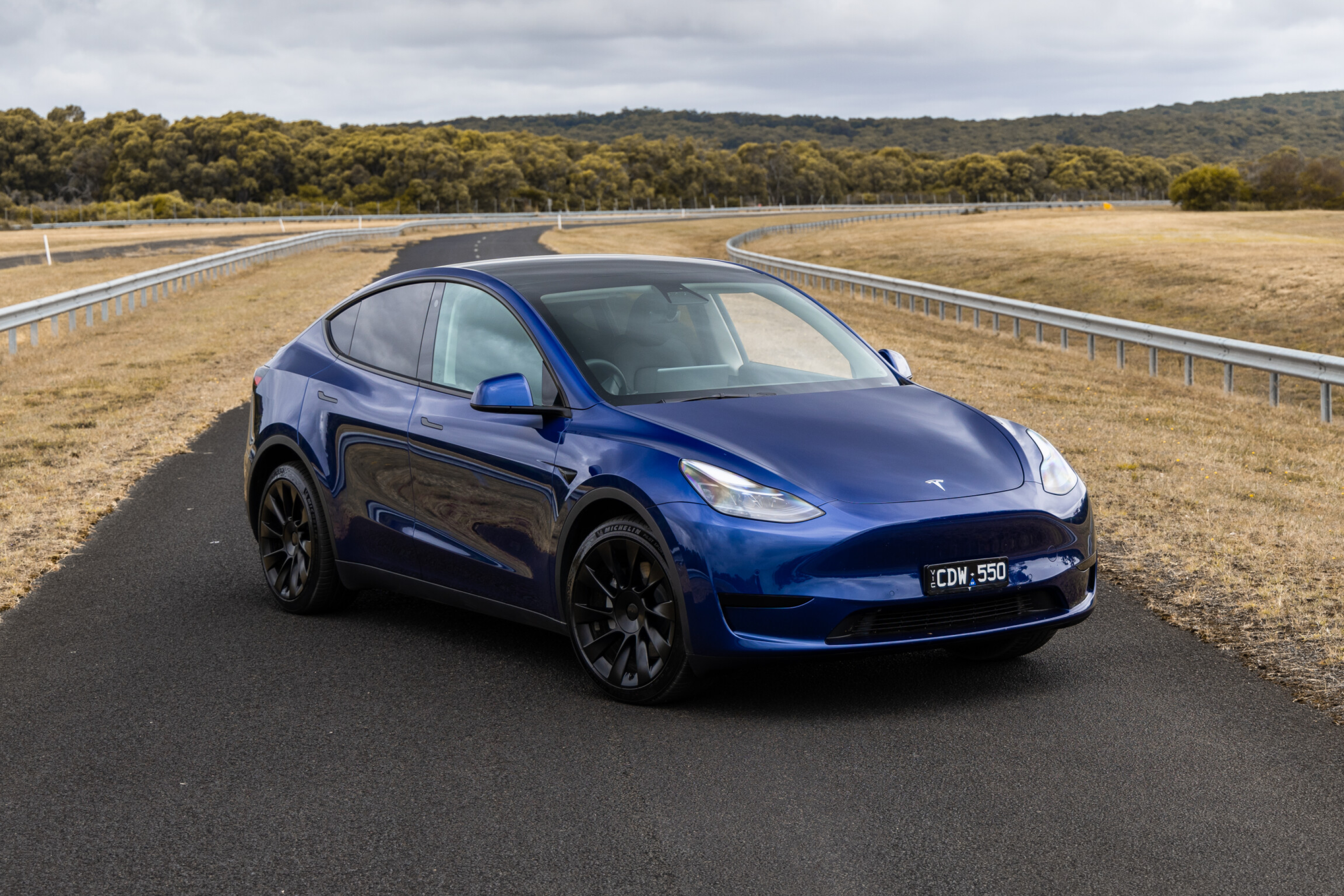
Interior comfort and storage
Remember when a BMW X1’s cabin just reminded you of what sacrifices you’d made to land a premium badge?
We do, but thankfully that’s far from the case with this third-generation model. In fact, it’s now so good that it’d have iX1 buyers wondering why you’d choose to sit in, say, a Kia EV6 or a Tesla Model Y rather than this. The BMW feels a class or two superior in terms of fit and finish.
BMW has leaned heavily into digital interaction with this generation, the most obvious difference being the large curved digital display that dominates the dash. Housing BMW’s latest Operating System 8, the screens comprise a 10.7-inch Control Display that melds with the 10.25-inch instrument cluster ahead of the drive, augmented by additional information fed via a standard head-up display.
There’s no iDrive controller and BMW’s gesture control system has also been quietly consigned to the bin of history, the iX1 instead relying on touchscreens and voice controls via the ‘Hey BMW’ prompt.
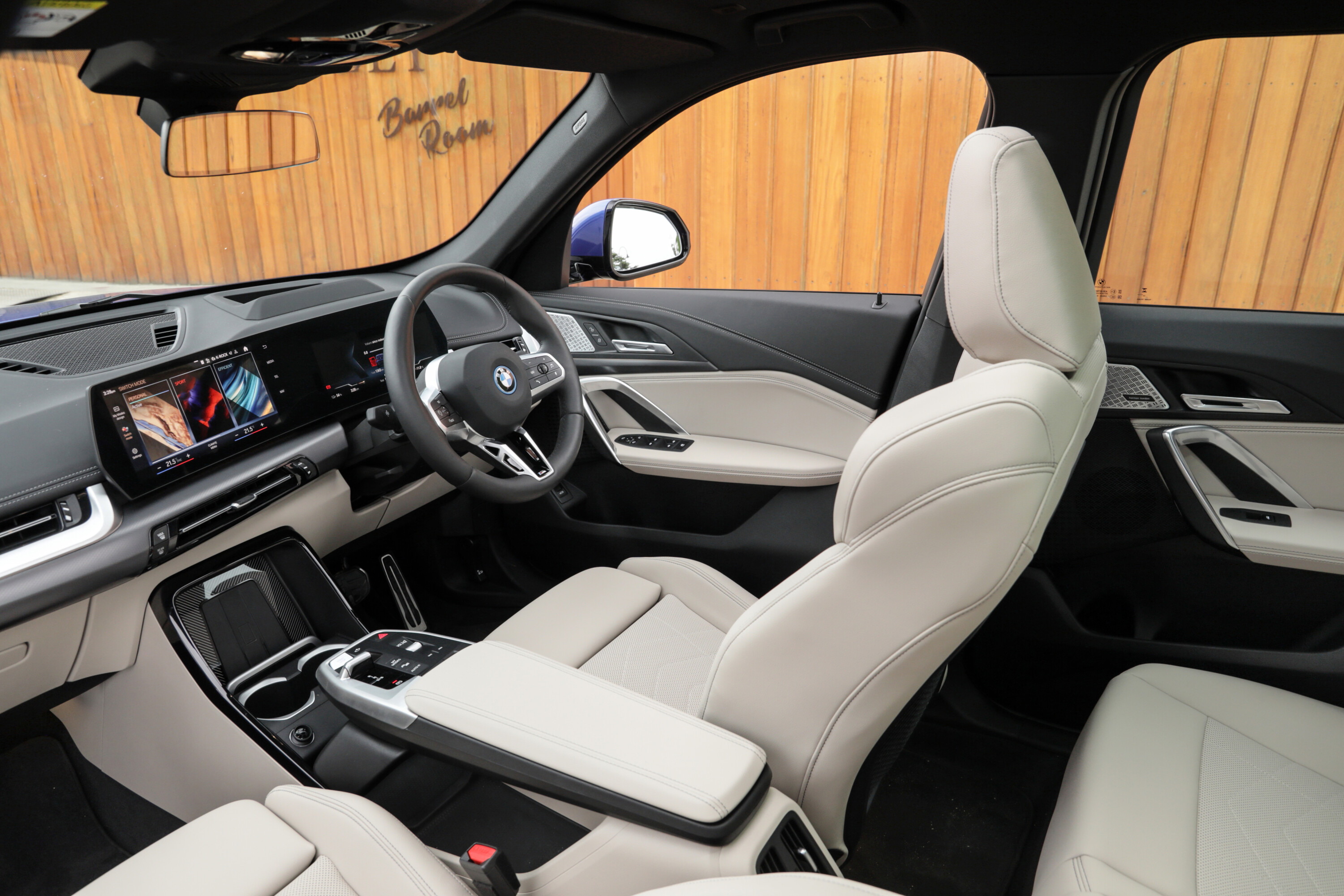
The operating system is swift, but the basic functionality is tricky to navigate at first with some fairly rudimentary features, such as switching on recirc for the air-conditioning, requiring a number of button presses.
Wireless Android Auto installation was quick to boot up, held connection peerlessly and was pretty easy to switch in and out of phone mirroring when we needed to access other vehicle functions.
Beyond this, the iX1 moves the game on a bit. The BMW Digital Key Plus system on the X1 would originally only speak to Google Pixel phones. Now it’s been extended to include popular Samsung Galaxy handsets too – and is standard on the iX1.
The screen features augmented nav details, superimposing directions onto the forward-facing camera feed, but such is the clarity of the head-up display that you’ll tend to rely on that rather than glancing down at the screen as you approach a junction.

An additional 22mm of wheelbase serves to help knee room.
Integrating many of the supplementary functions into the screen, for better and for worse, has allowed for a genuinely clean cabin design that features a floating armrest, with a couple of cup holders, dual USB-C ports, two 12-volt power sockets and a vertical wireless charging pad.
BMW has also made a dedicated effort in creating slim trim panels and air vents to free up space and create the impression of airiness. The driving position is good, with plenty of adjustability to the steering wheel and seats. An additional 22mm of wheelbase serves to help knee room.
Rather annoyingly, the slightly clumsy-feeling lumbar massage function switches on automatically when you switch the iX1 into ‘Expressive’ mode, but then doesn’t quit when you switch back out of it. A change for the facelift, maybe.

Despite the fact that the iX1 rides some 26mm lower than the ICE versions of the X1, interior space is unaffected.
This means that headroom up front is good for taller drivers, even with the fitment of the dual-pane panoramic glass roof. In the rear, there’s plenty of room for two decently-sized adults, although the seating position is a bit higher. Anyone much over 180cm tall may find their hair brushing the surround of the sunroof as a result.
While both outboard seating positions of the 40:20:40 split rear bench are fine, the middle seat is definitely the non-preferred option, being higher, narrower and harder.
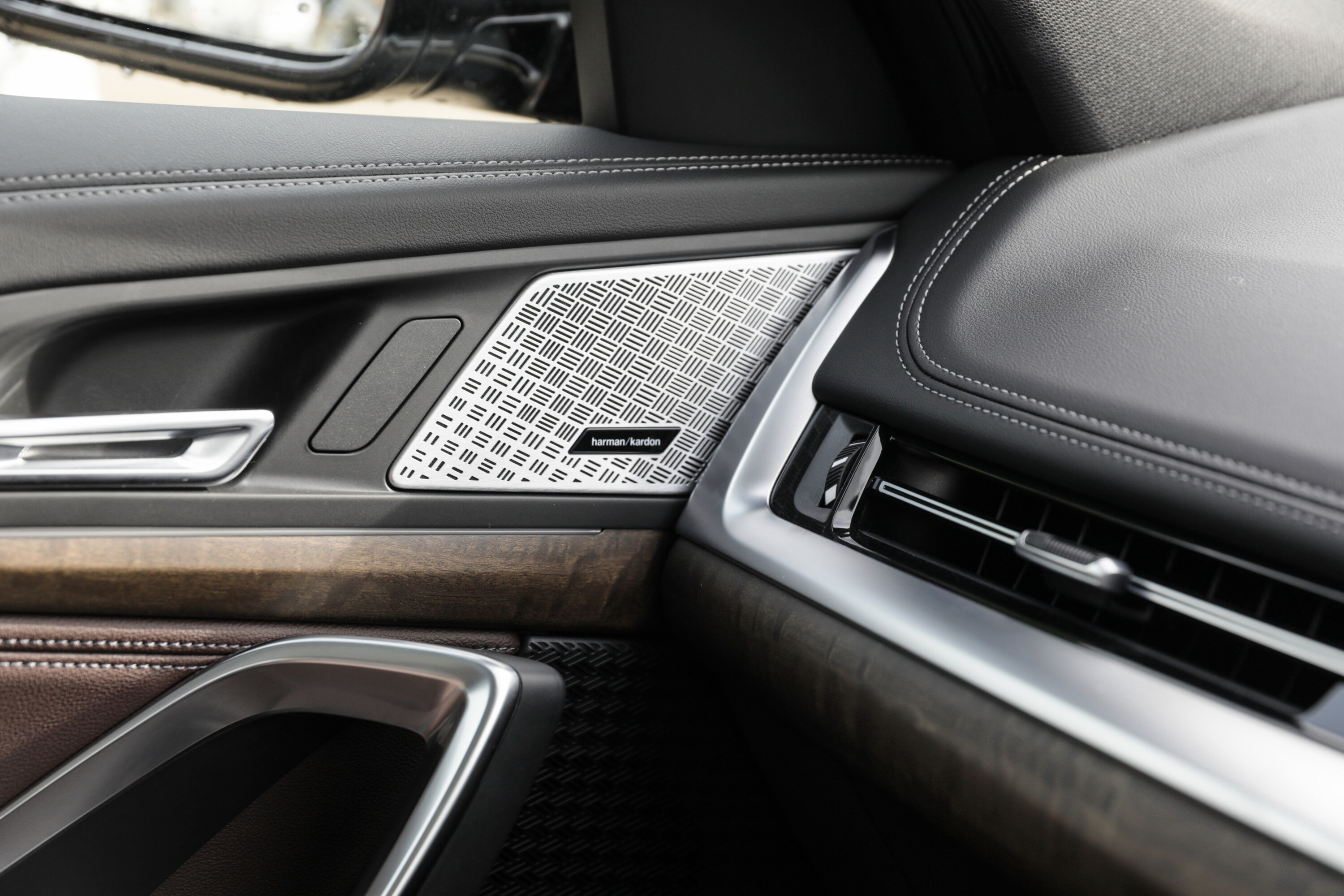
Rear passengers do get air vents and a pair of USB-C ports and there’s also the added benefit that the window line doesn’t kick up too sharply, allowing smaller kids a view out.
The door bins could be a bit bigger for large bottles, but the central storage bin is relatively generous and there’s additional oddments space beneath the floating armrest.
Move around to the back and the somewhat leisurely electrically-operated tailgate lifts to reveal 490 litres of boot space with the rear seats in place, which is down from the X1’s 540 litres but still a respectable size. That story repeats when all seats are folded, the iX1 netting 1495 litres of fresh air versus the X1’s 1600. Annoyingly, there’s no frunk up front, all charging cables being stored in a shallow compartment beneath the boot floor.
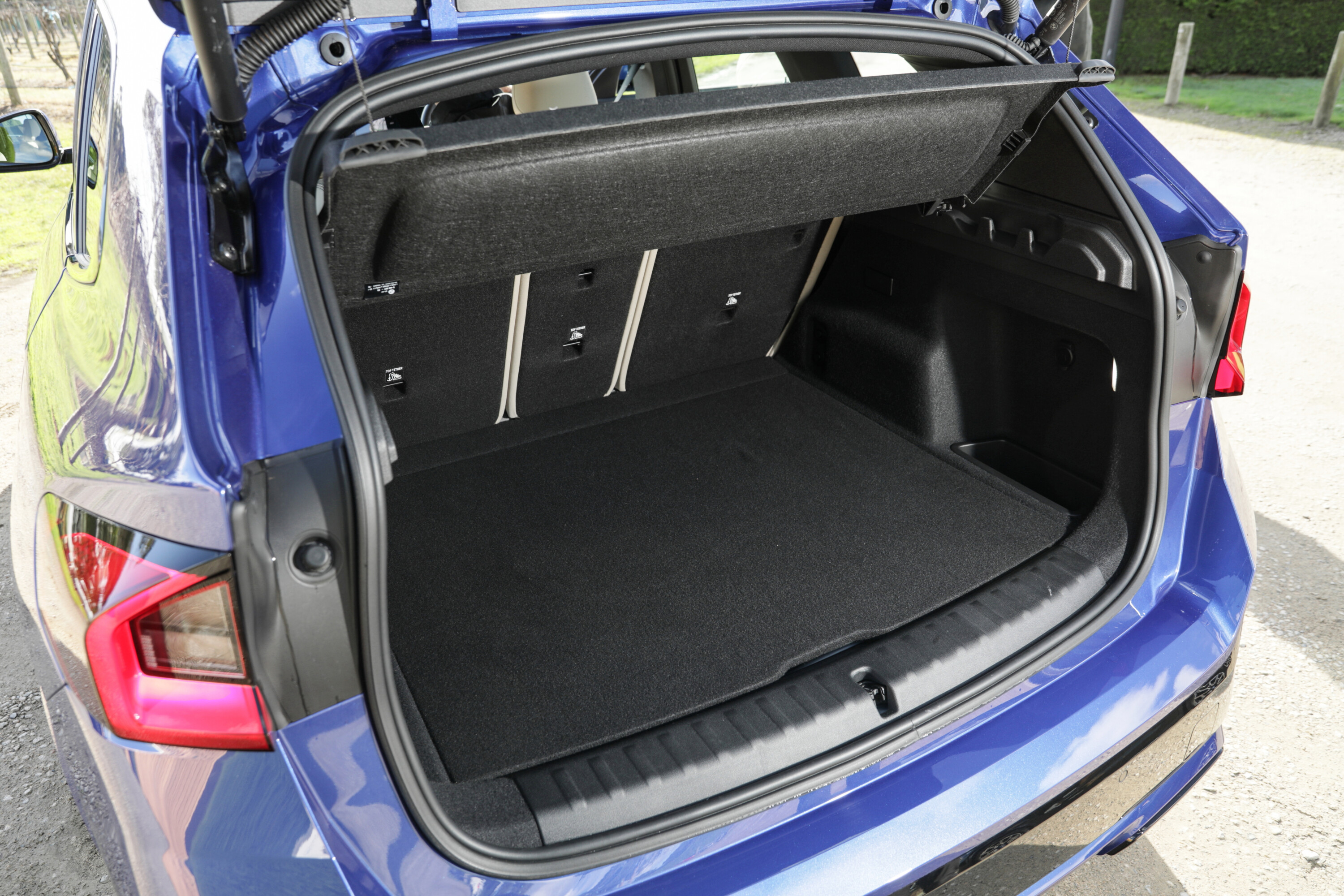
What’s it like to drive?
Can we talk about a suspension condition called ‘heave’ for a moment? Bear with me. It’s important. Basically, it’s the vertical motion of a car over large bumps or crests in the road. Electric cars, with their added masses, are particularly prone to unedifying heave responses.
In order to tie this so-called ‘primary ride’ condition down, it often means that they then ride poorly over small road imperfections – the high-frequency stuff that road testers refer to as ‘secondary ride’.
Jump into an early Hyundai Ioniq 5 and it’s a case in point. It feels composed over major humps and bumps but nervous and jittery almost all of the time otherwise. Hyundai fixed that with the clever shock absorbers it introduced for the Ioniq 6.
Well BMW didn’t need to go through that process of fail and fix. Its very smart move with the iX1 was to equip it as standard with adaptive suspension, which manages to deliver both a sorted primary ride and a plush secondary response too.
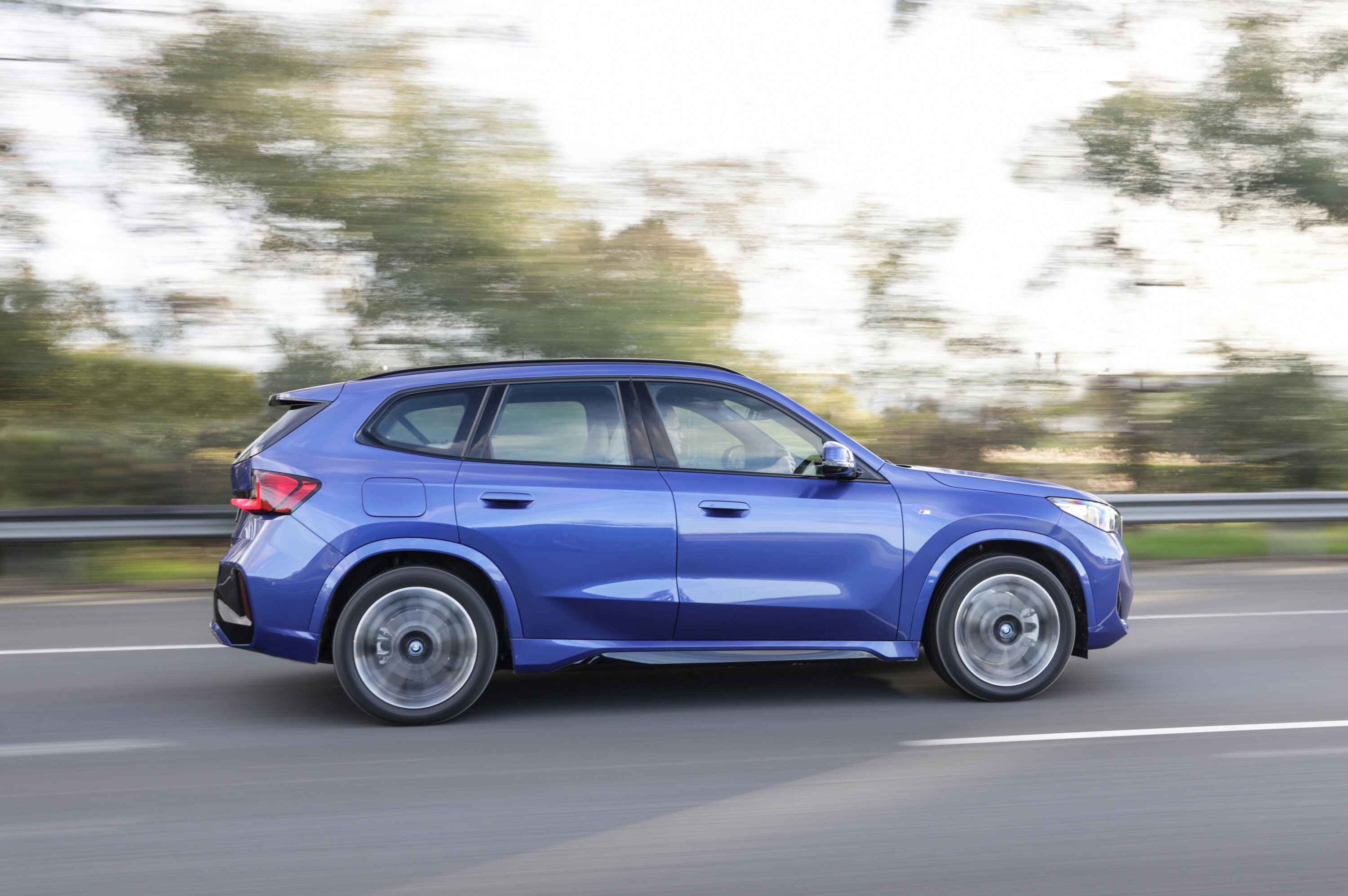
The iX1 doesn’t have that glassy, brittle feel of most electric cars as a result. It feels grown up.
Some may sniff that the 230kW/494Nm dual-motor set-up isn’t about to set anybody’s trousers on fire, but can we please have a little perspective back there? The iX1 will accelerate to 100km/h in 5.6 seconds. The first time Wheels ever tested a Nissan Skyline R33 GT-R we managed an identical time and this was a sub-eight-minute car at the ‘Ring. So the iX1 is plenty quick enough.
The kerb weight is listed as a relatively big-boned 2085kg, but as long as you’re not overly aggressive with the steering, the iX1 manages its mass well. Weight distribution is extremely close to BMW’s favoured 50:50, with 50.5 per cent of weight forward and 49.5 per cent aft.
Although the iX1’s kerb weight is around 415kg more than the X1 xDrive20, it features a number of weight-saving measures including extensive use of high-tensile steels in the body and an aluminium bonnet.
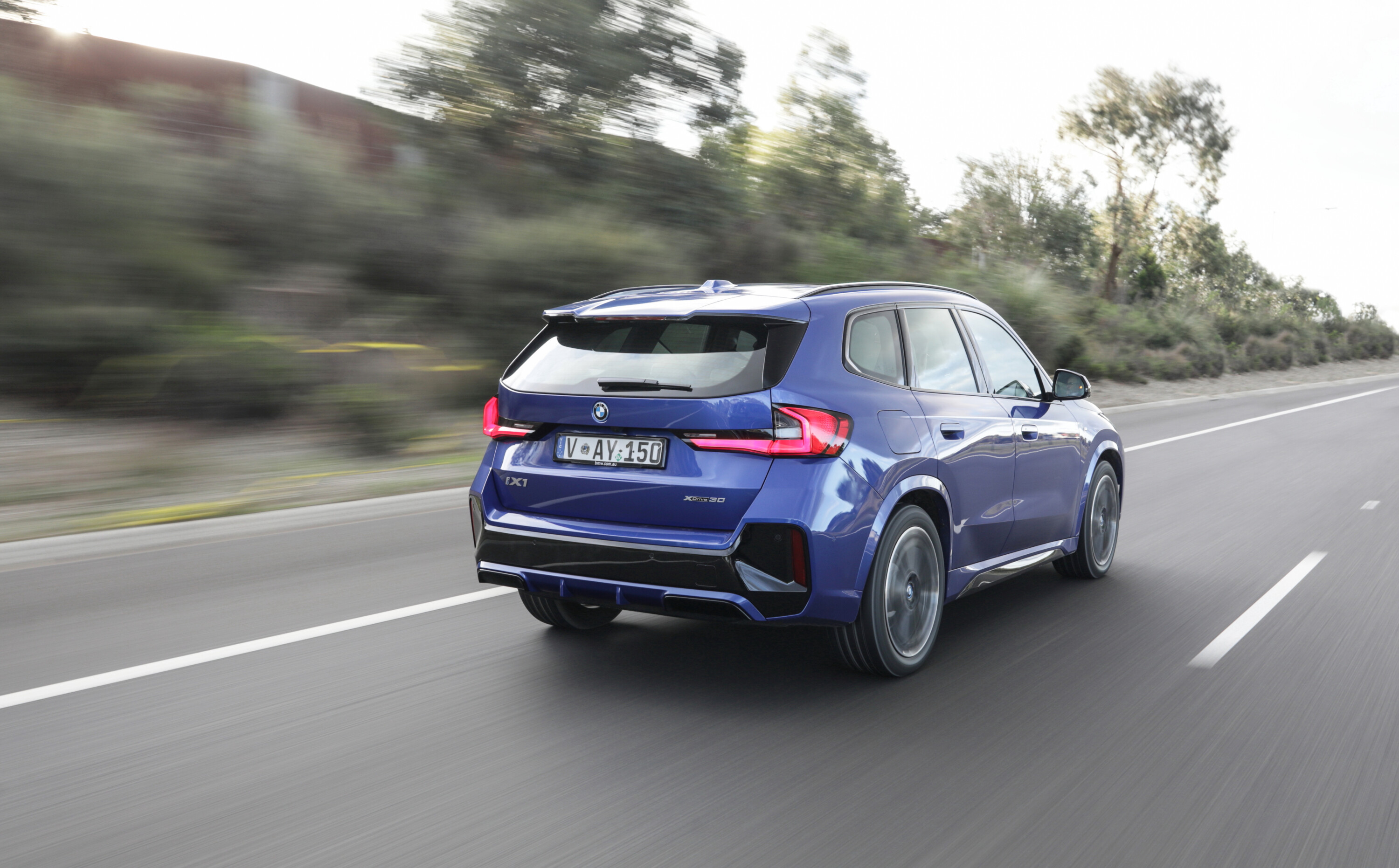
Both the xLine and M Sport models were shod with decent Hankook Ventus Evo rubber measuring 245/45 R19 all round.
Grip was good but this isn’t the quietest tyre in its class, with some roar entering the passenger cell on coarse-chip surfaces. The various artificial soundscapes you can choose help to distract from that.
One notably good aspect of the iX1’s dynamics is the way the vehicle manages its brakes, shuffling virtually imperceptibly between its various levels of regenerative and friction braking. It is possible to amp up the regen to offer true one-pedal driving and at the maximum level of regen, the system replenishes 130kW back into the battery, identical to its top level of DC charging.
The drive logic is similarly sophisticated and relatively transparent with 100 per cent of drive going to the 140kW front motor in normal conditions and the rear motor only brought into play on demand.
If any of the terms in this section have left you scratching your head, these articles will help bring you up to speed!

- What is a Powertrain or Drivetrain?
- Power vs torque
- Car suspension explained
- Automatic transmissions (‘gearboxes’) explained
- Chassis control systems explained
- Car vs Ute vs SUV: How the vehicle you buy should guide the way you drive
BMW claims a fuel economy figure of 18.3kWh/100km for the iX1 and we weren’t too far off that, registering 18.5kWh/100km, despite some fairly spirited country driving. The iX1’s battery offers a usable capacity of 64.7kWh, while DC charging operates at a top rate of 130kW.
This equates to 10 minutes on a DC charger adding 120km with the car lifting from 10 per cent to an 80 per cent state of charge in 29 minutes.
You can pair the onboard 22kW AC charge with BMW’s new Wallbox 2.0 for three-phase charging to deliver a full charge in 3.5 hours (at 32A). The wallbox retails at $1199 including GST but excluding installation.
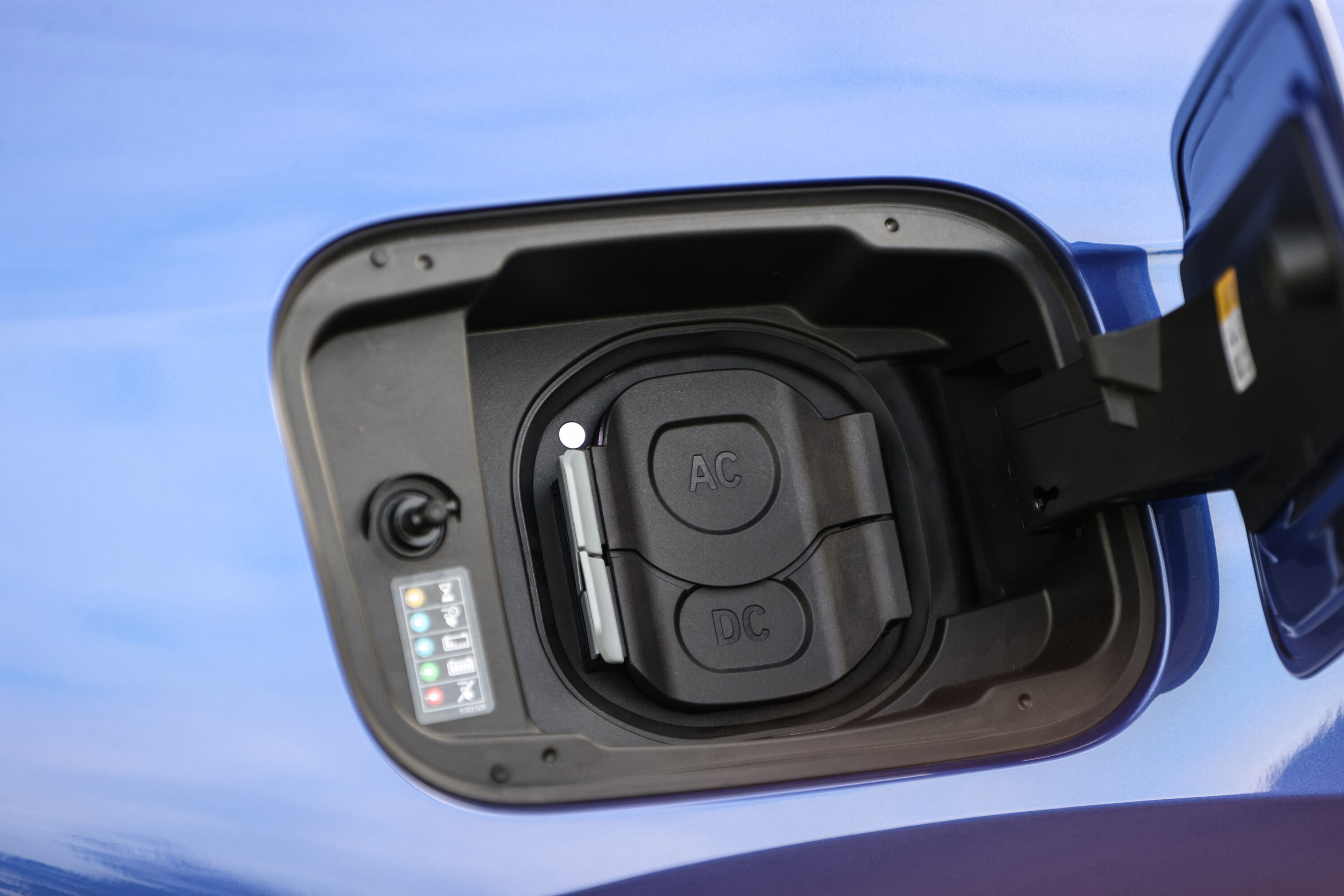
BMW quotes an ADR homologated range of 400km for the iX1.
The My BMW App can schedule and start charging, monitor the state of charge and activate the climate control remotely. In addition, if the iX1 detects that your sat-nav destination has been set to a DC charger, it can pre-condition the battery pack for faster charging.
How safe is it?
The third-generation BMW X1 range is yet to be ANCAP tested. Both of its predecessors scored the full five-star rating and though we can’t presume a five-star rating, it would be a major surprise were this model to fall short of that mark.
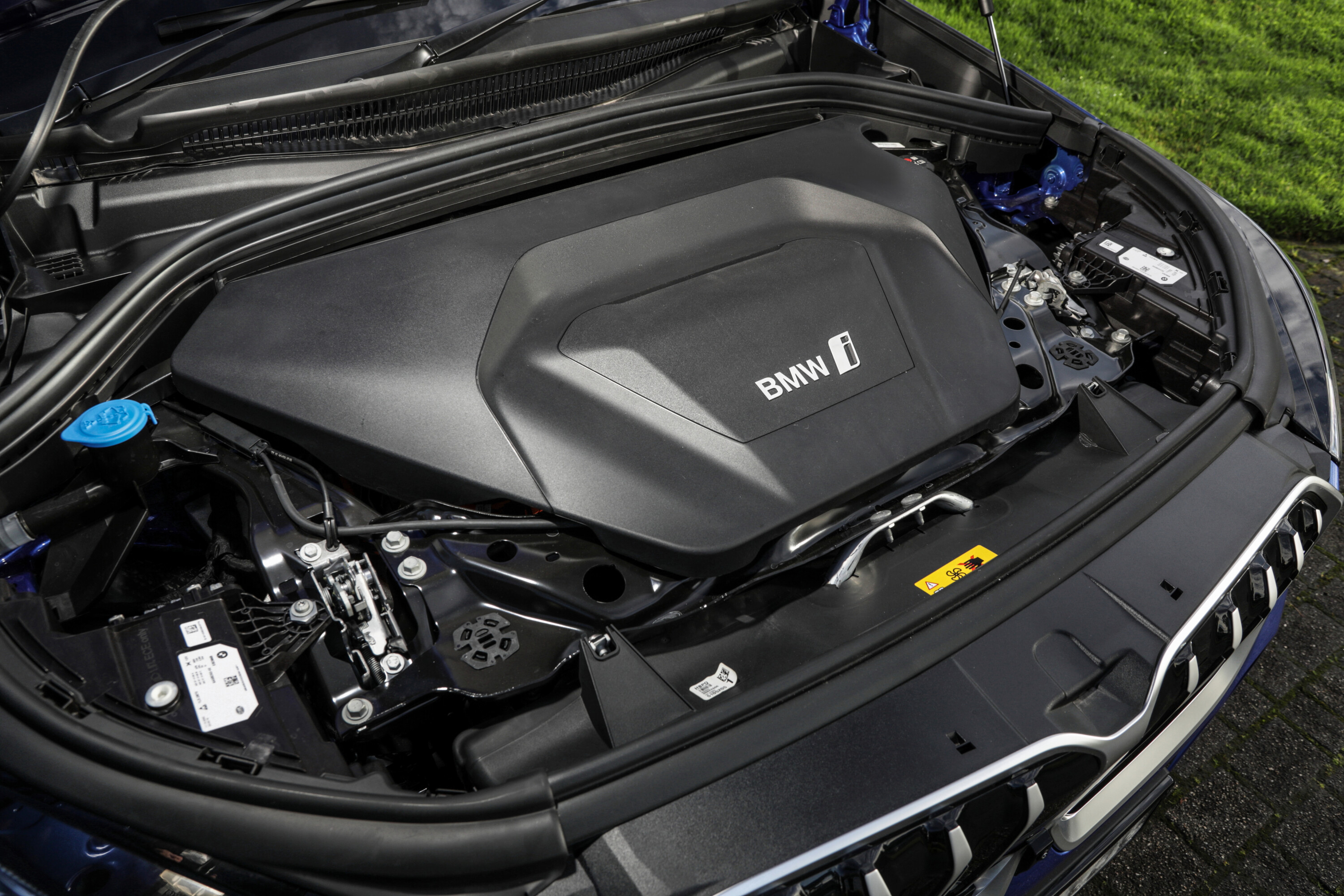
Standard safety equipment includes:
| 2023 BMW iX1 xDrive 30 safety features | |
|---|---|
| Adaptive cruise control with stop-and-go function | Cornering brake control |
| Front, side and head airbags | Dynamic traction control |
| Blind-spot monitoring | High-beam assist |
| Lane departure warning | Adaptive LED headllights |
| Lane change warning | Anti-dazzle rear view mirror |
| Front collision warning with brake intervention | Park distance control |
| Rear cross-traffic alert | Parking assistant |
| Rear collision prevention | Panorama view, 3D view and surround-view cameras |
| Dynamic stability control | Drive recorder |
| Anti-lock braking system | Intelligent emergency call |
| Braking assistant | |
Warranty and running costs
BMW has belatedly switched from a three to a five-year warranty arrangement, bringing it in line with rivals such as Audi, Mercedes-Benz and Volvo.
Although there have been some lengthy waiting periods for X1 models, BMW predicts that improved supply will mean that a typical iX1 lead time from order to fulfilment currently stands at around six months.
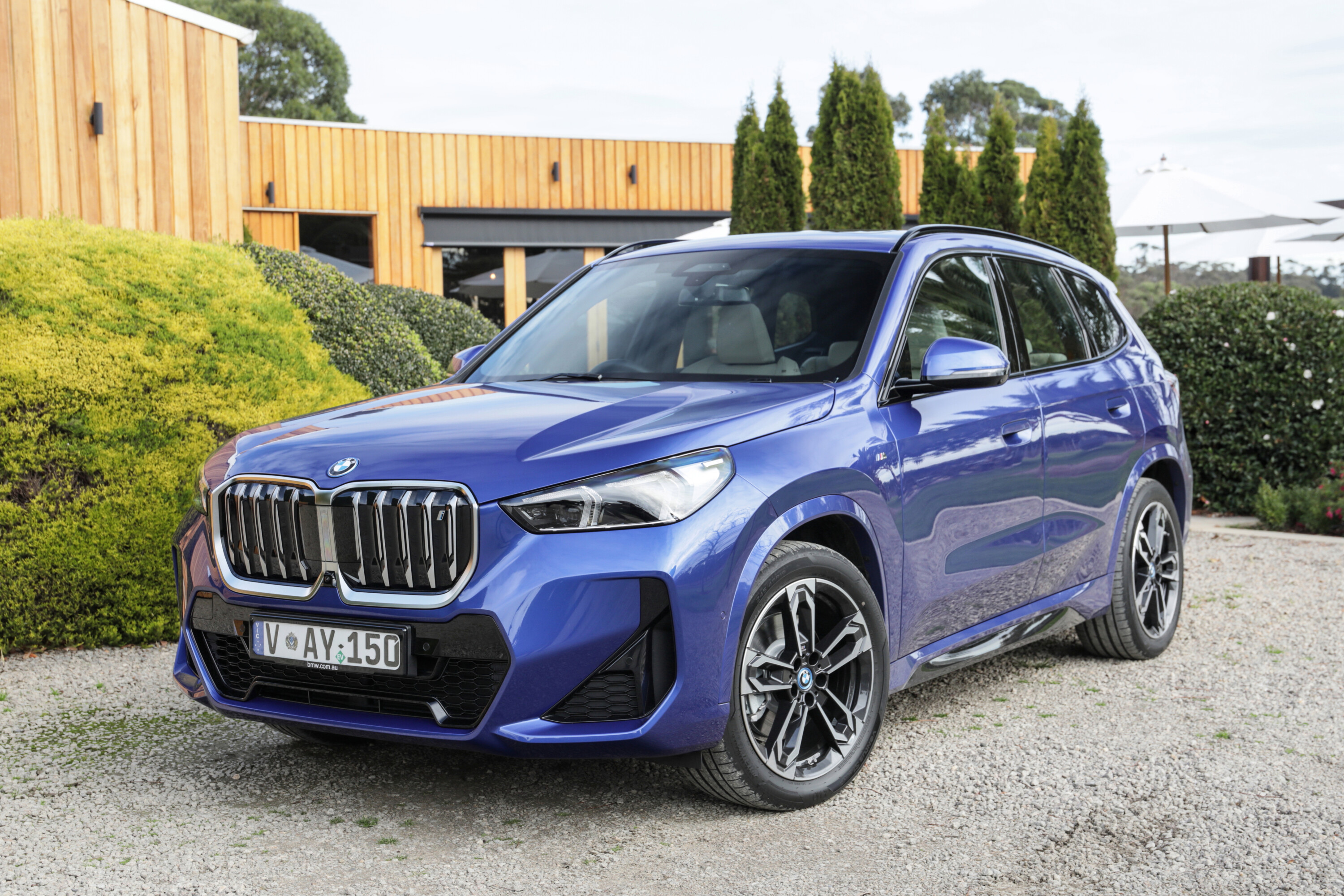
VERDICT
The BMW iX1 builds on the quiet achievements of the X1 ICE range.
Although there may be some buyers who feel that BMW has hedged its bets on a platform that isn’t electric-exclusive, there are equally those who don’t feel the need to be so strident in proclaiming their EV adoption.
The iX1’s low-key maturity will doubtless appeal, as will its beautifully judged ride quality and general depth of engineering. It instantly becomes the go-to pick of the X1 range and while it can’t compete on space and potency with the likes of the Kia EV6 or the Tesla Model Y, there’s a reassured personality to the iX1 whereby it never feels as if it’s having to shout to impress.
In summary, your $85K buys you a good-looking electric SUV that drives well, delivers a 400km range and comes stacked with gear. The iX1 might not be the first EV that comes to mind in this price bracket, but it deserves to be on the shortlists of anyone shopping in this sector. It’s a class act.
More EV stories to help you choose the best car for your needs
- ? EV news, reviews, advice & guides
- ❓ Short & sweet: Your EV questions answered
- ⚡ New EVs: Everything coming to Australia
- ? Australia’s EVs with the longest driving range
- ⚖️ Best-value EVs by driving range
- ? How much do EVs cost in Australia?
- ? How much more expensive are EVs?
- ⚖️ Number crunching: Is it time to switch to an EV?
- ♻ Should you buy a used EV?
- ?️ Are EVs more expensive to insure?
- ? Costs compared: Charging an EV vs fueling a car
- ? EV charging guide
- ?? EV servicing explained
- ? EV battery types explained
- ? When do EV batteries need replacing?
- ? Hydrogen v EVs: What’s best for Oz?
- ? How sustainable are EVs, really?
MORE advice stories to help you with buying and owning a car
| 2023 BMW iX1 xDrive 30 specifications | |
|---|---|
| Powertrain | Dual-motor EV, single-speed transmission |
| Max power | 230kW |
| Max torque | 449Nm |
| Battery pack | 64.7kWh useable |
| Weight | 2085kg |
| Economy | 18.5kWh/100km (claimed) |
| 0-100km/h | 5.6sec (claimed) |
| Price | $84,900 + on-road costs |
| On sale | Now |
Score breakdown
Things we like
- Serene ride quality
- Low-key styling
- Integration of tech
- BMW badge for Kia and Hyundai money
Not so much
- Coarse-chip road noise
- Some will prefer a dedicated EV platform
- Not a lot of choice
We recommend
-
 News
News2023 BMW iX1 pricing and features
Electric power comes to the BMW X1 lineup
-
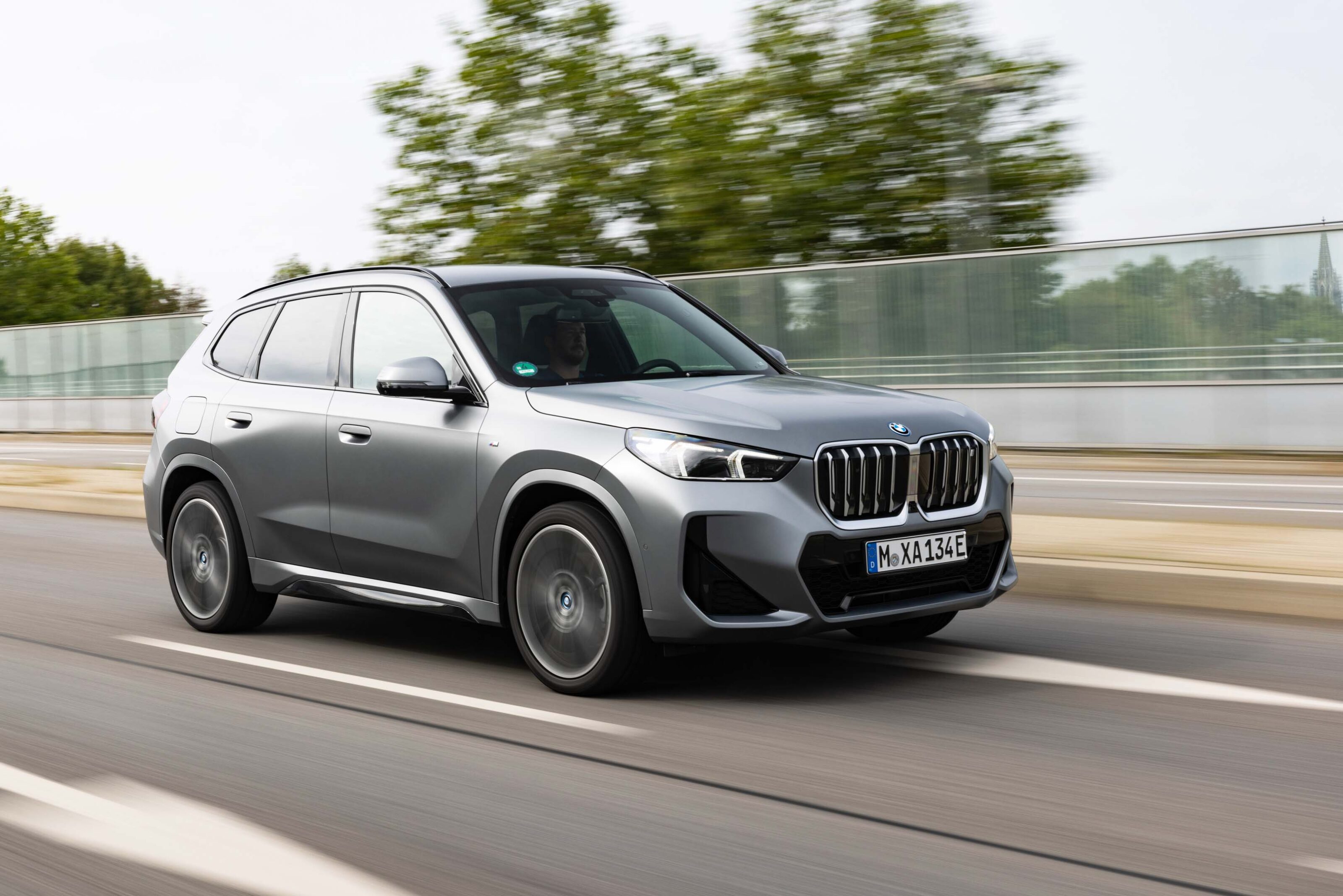 Reviews
Reviews2023 BMW iX1 EV review: International first drive
BMW’s electric car offensive continues as tech from the mighty iX trickles down to the much smaller iX1 SUV
-
 News
News2025 New Car Calendar: All the new cars coming to Australia
Take a look at our list of what is expected to launch in Australia in 2025 – plus those we might not see locally just yet


